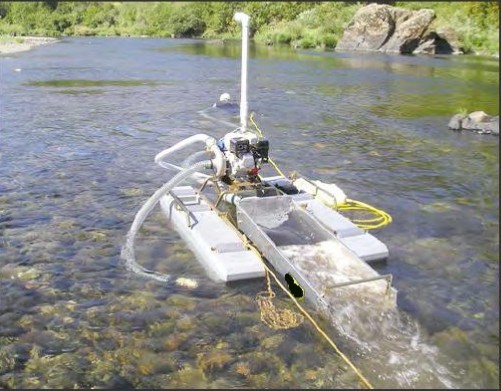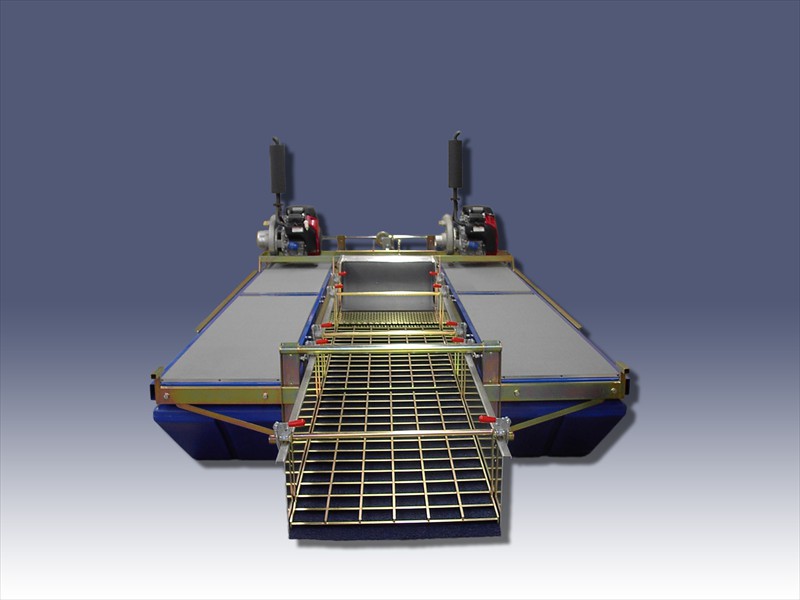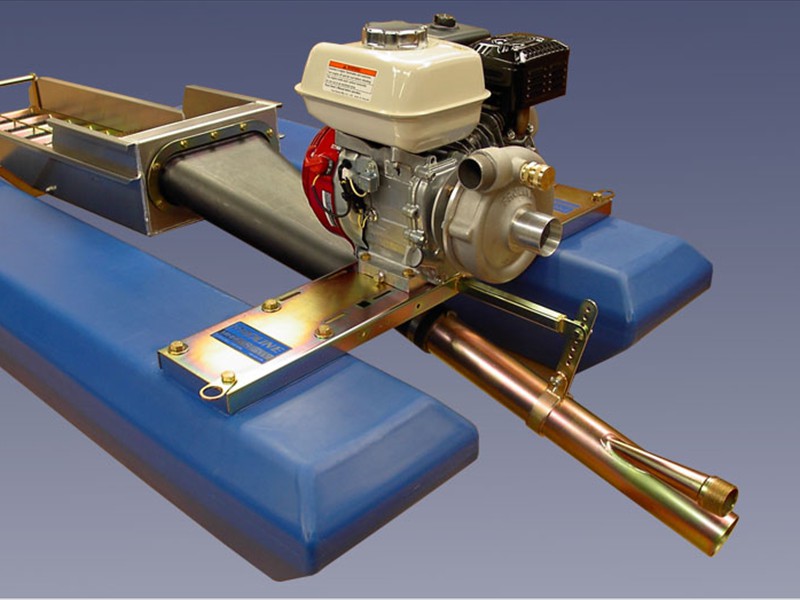
Bends – When water goes around curves it slows. Elevation Changes – When the elevation drops in streams and rivers it forms a pool at the bottom of the drops, gold often settles in these pools. In areas with a strong current the gold is drug across the bottom, but when the current slows, the gold will settle. Gold is naturally 19 times heavier than water, causing gold to sink to the bottom of streams and rivers. These are the areas where you need to dredge if you want to recover the highest yield possible. The Storyīy following a stream on a map, or even better, in person, you can look for areas that have a higher amount of gold. 
Click here to learn more about dredging for gold. By learning to listen and examine streams and rivers you will be able to find the best places to dredge for gold. A stream will tell you where it’s been, where it’s going, and where it will go. Streams will tell you a story, if you let them.

The main thing you need to know is where to dredge for gold.

Dredging for gold takes a specific set of skills and know-how to produce a large yield. But, if it was that easy to find gold then we would all be millionaires. Beginning prospectors often have the misguided idea that they can just walk out in the stream and find gold.







 0 kommentar(er)
0 kommentar(er)
